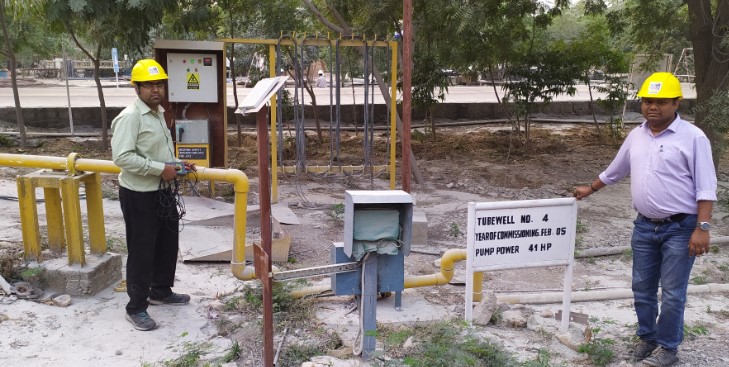A water audit or a water assessment is a crucial industrial requirement that analyzes water yearly or monthly usage. Therefore, management must showcase its importance for efficient water usage by undertaking the steps mentioned below.
Water Inventory:
The management needs to understand the amount of water the business consumes on a daily or yearly basis. Now, this may depend on the nature of the business or the scale of the operations. Nonetheless, it is a beneficial technique that leads to efficient water usage on the industry or business premises.
The water audit begins with an extensive walkthrough of the business under the leadership of engineers and utility bidder’s representatives. Next, each water outlet is examined, and notes are maintained for maintenance and reports. These water points include toilets, taps, faucets, and water pipes. Finally, the water fixtures are categorized according to their performance and quality under the water audit.
Sub-Metering:
The next step is to read water meters. It is regrettable that most businesses and industries only carry one water meter. This makes it very complicated to understand the exact point of water wastage or scarce water supply. Having a single meter also makes it challenging to compare water usage from department to department or month to month.
Sub-metering allows the business to understand its water needs better. For example, cooling towers and equipment require more energy. It is unwise to burden the cooling department with the heating department that requires a small amount of water for heating purposes. Utility bidders emphasize sub-metering results in efficient water allocation.
Review Practices:
Now that we have extensively reviewed water usage concerning departments and different outlets, it is time to create a comprehensive report that mentions review practices. If water preservation has not been a previous business priority, begin practicing it today. Raise awareness among the employees and factory management to practice water efficiency. Also prefer Septic tanks which is the best solution for water audit.
Water continues to be termed as a low priority due to its continuous supply in many countries. However, this must not signal water wastage. Install separate water meters for each department and continuously observe bathroom faucets for water wastage.
Water Plan:
In the end, it is time to create a water plan based on the extensive internal water investigation:
- Calculate how much water is being used and match the requirement to minimize current usage.
- Install sensors that turn off taps when no one is using them.
- Turn off heating water geysers when employees have left for homes in the evening.
Take individual and collective responsibility for water wastage and implementing water efficiency plans. Successfully implement water preservation campaigns. Introduce a reward system for the department that uses the least amount of water. Lead the organization toward an established entity that highlights and practices reduced water that contributes to the environment.
Bottom Line:
There are many ways to save water, but all are useless if we do not take the matter seriously. Industries use metric tons of water for their processes. Therefore, the industries must be stress to practice efficiency plans that establish transparent processes toward water preservation.
